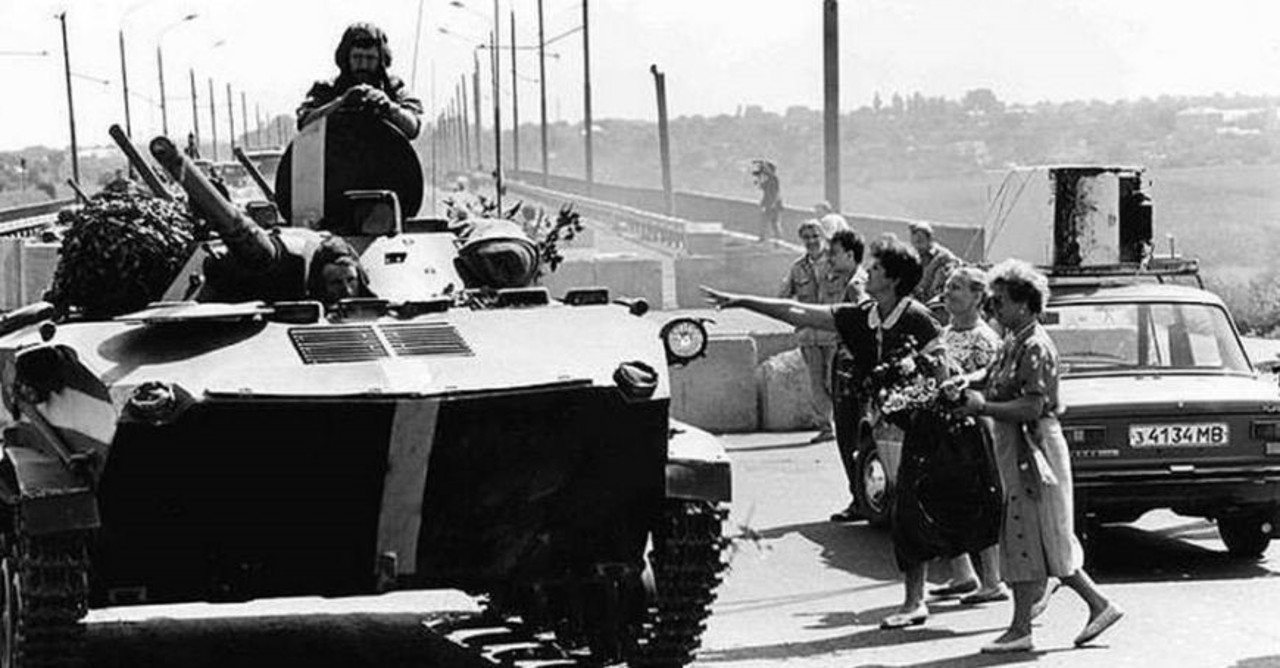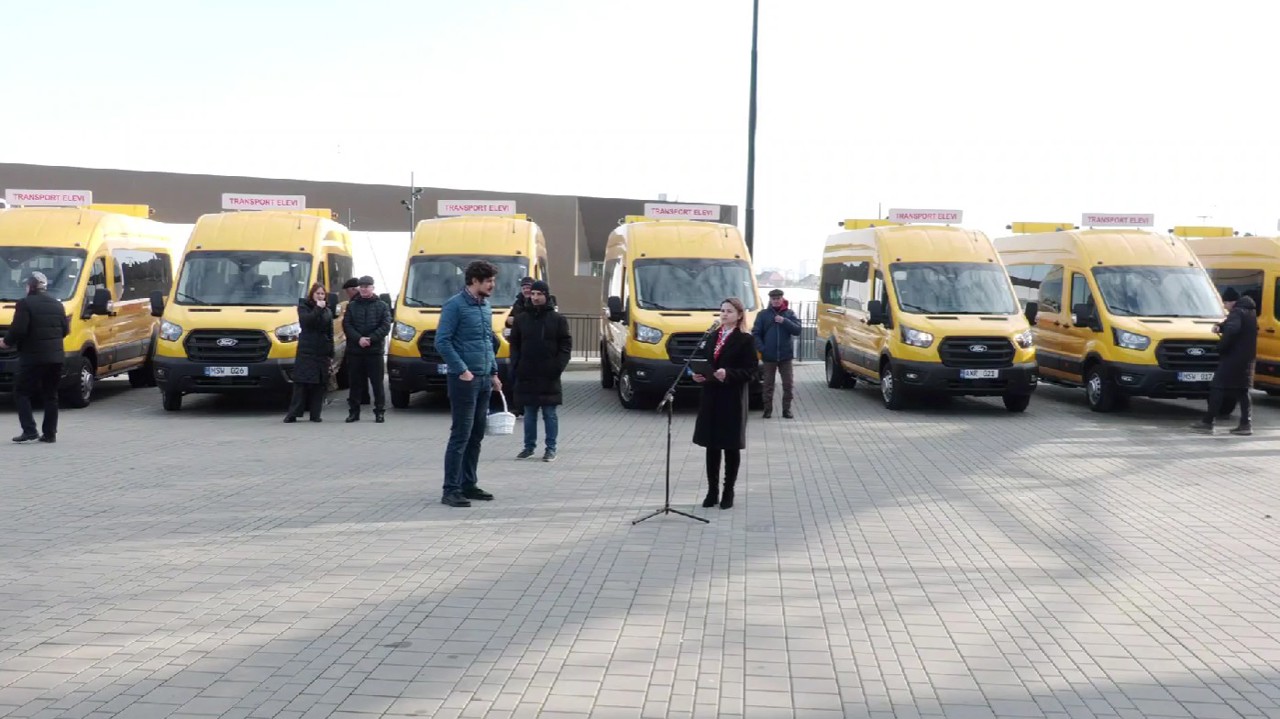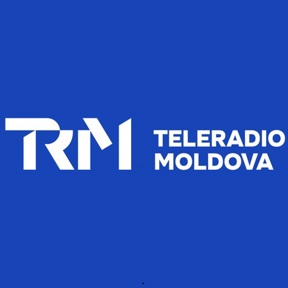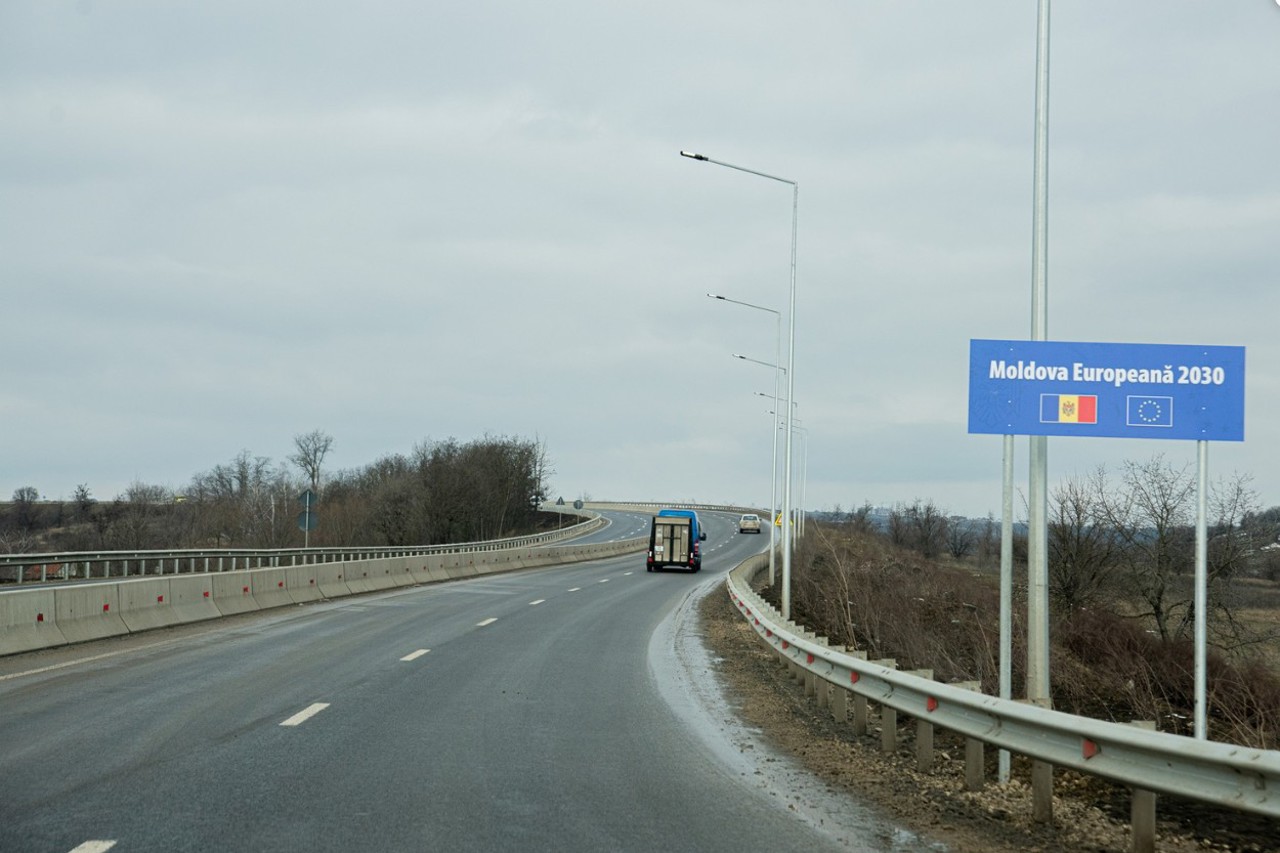31st anniversary of the Nistru war
The 31st anniversary of the start of the military action to defend the territorial integrity and independence of the Republic of Moldova on 2 March 1992. Around 30 thousand people, soldiers, policemen and volunteers took part in the armed conflict, some 300 people lost their lives during the fighting and dozens are still missing. Negotiations in various formats have taken place over the years, but the Transnistrian conflict has not been resolved. Troops of the Russian 14th Army continue to be stationed on the territory of the Transnistrian region, and it is estimated that around 20 thousand tons of ammunition are kept in the Cobasna military depot, an area which is de facto controlled by Russia and to which the Moldovan authorities have no access.

Conflict began as early as 1990, immediately after the proclamation of the independence of the so-called "Transnistrian Moldovan Republic" on 2 September. On 2 November, local government bodies were forcibly removed from the administrative headquarters in Dubasari by separatist-led mobs. To restore order in Dubasari, sub-units of the Ministry of Internal Affairs from Chisinau were dispatched. That day, clashes with the civilian population took place on the access road to Dubasari, during which casualties were recorded.
On 2 March 1992, after the flag of the Republic of Moldova had been flown at the UN headquarters in New York, the first altercations took place between separatists and representatives of the Chisinau police forces.
During the four months of hostilities, the heaviest fighting took place on the plateaus of Cocieri, Coșnița and Tighina.
On 21 July 1992 the Republic of Moldova and the Russian Federation signed a Convention on the principles of peaceful settlement of the armed conflict in the Dniester area of the Republic of Moldova. However, Russia continued to provide military, political and economic support to the separatist regime, allowing it to survive and giving it a degree of autonomy vis-à-vis the Republic of Moldova. In 2005, the 5+2 negotiating format was launched to settle the Transnistrian dispute. The Republic of Moldova and Transnistria - parties to the conflict, mediators - OSCE, Russian Federation and Ukraine, observers - US and EU, but the parties did not reach a political settlement. Today, due to the war unleashed by the Russian Federation in Ukraine, this format of negotiations is no longer viable. Meetings of political representatives from Chisinau and Tiraspol take place in the 1+1 format.
In July 2002, the OSCE, together with Russian and Ukrainian mediators, signed a document containing the premises for the reunification of Moldova into a federation. The so-called Kozak Plan provided, among other things, for the stationing of Russian troops on the territory of the Transnistrian region for another 20 years, which prompted the Chisinau authorities to reject this plan, including following street protests.
On 22 June 2018, the United Nations General Assembly approved the draft resolution proposed by the Republic of Moldova on "Complete and unconditional withdrawal of foreign military forces from the territory of the Republic of Moldova". However, despite Russia's obligations undertaken at the OSCE Summits in 1999 and 2001, Russian troops are still stationed on Moldovan territory, and in the Transnistrian region, approximately 20 thousand tons of ammunition remain in the Cobasna ammunition depot, posing a heightened security threat especially in the current conditions.
Moldova continues to opt for a peaceful settlement of the conflict, with a special status for the Transnistrian region, while Tiraspol calls for recognition of the region's independence with possible accession to the Russian Federation.




